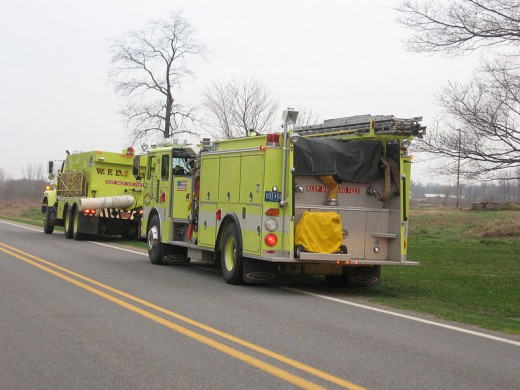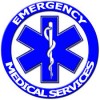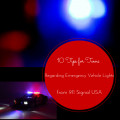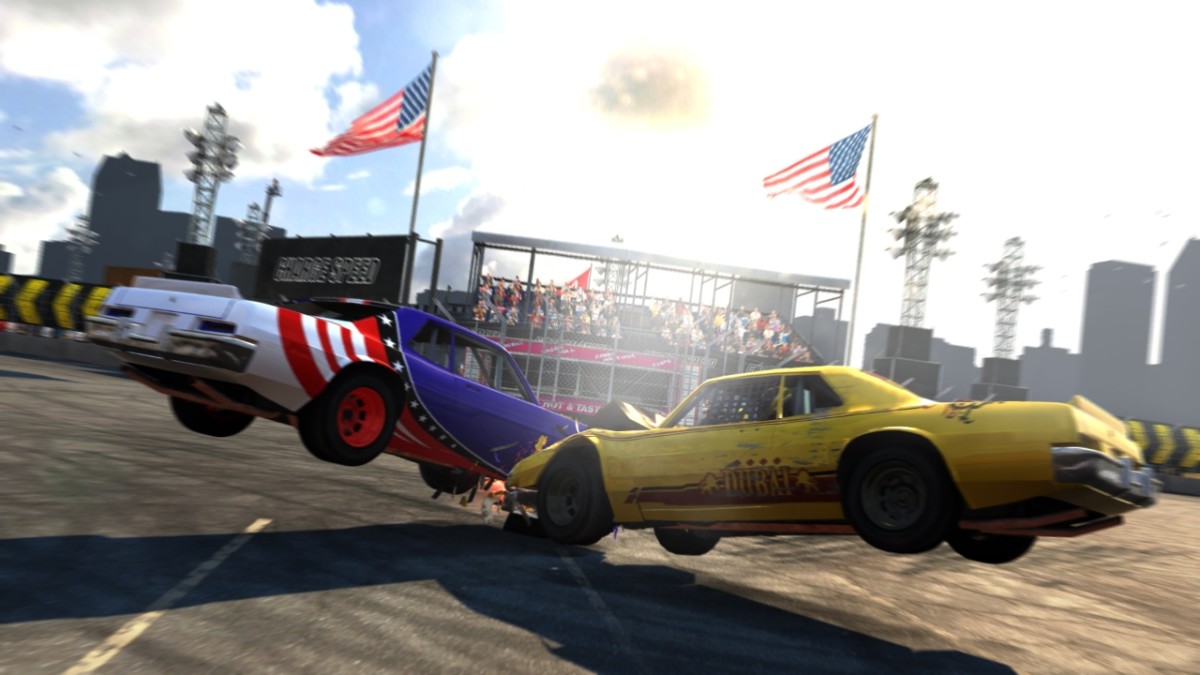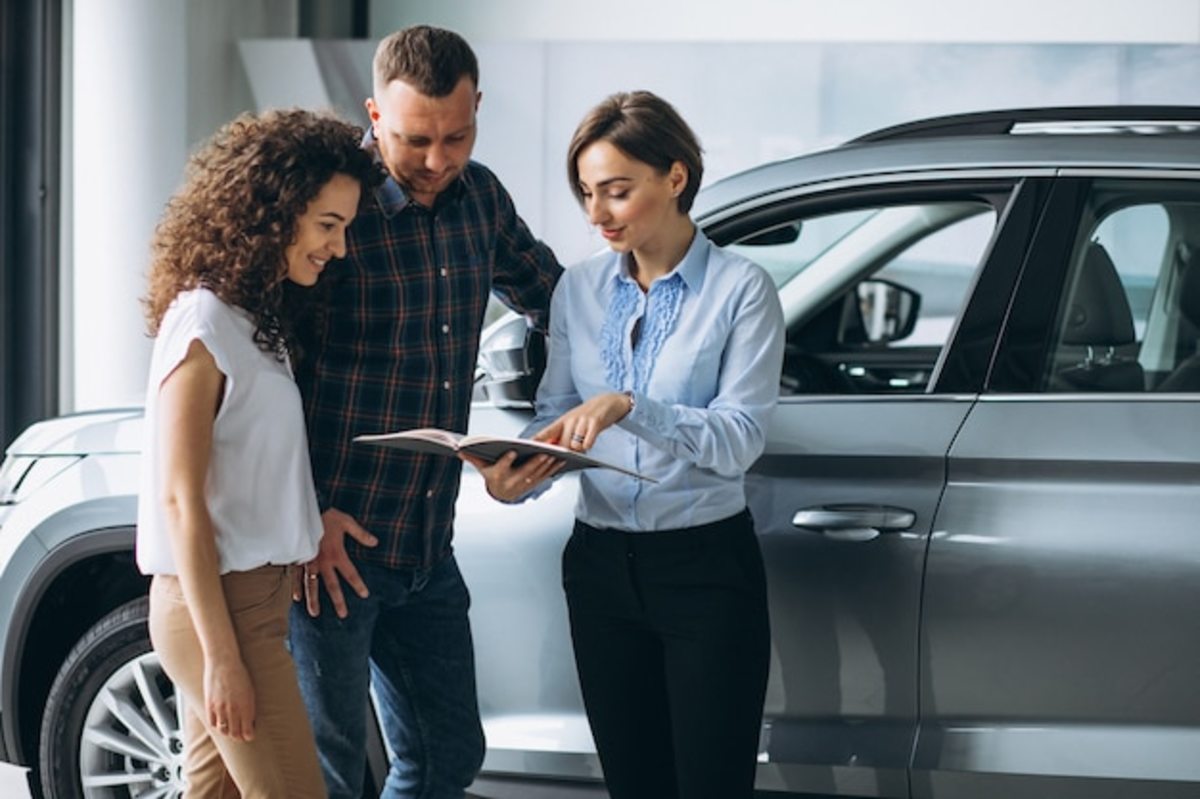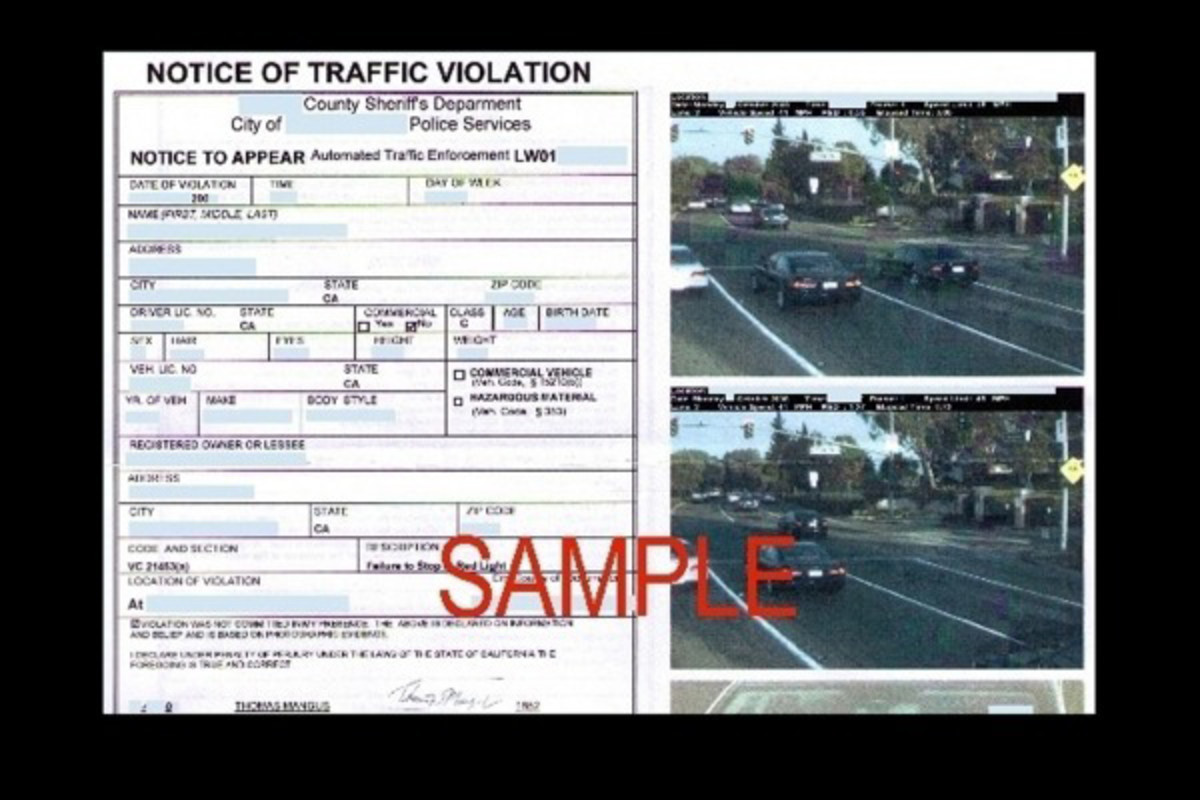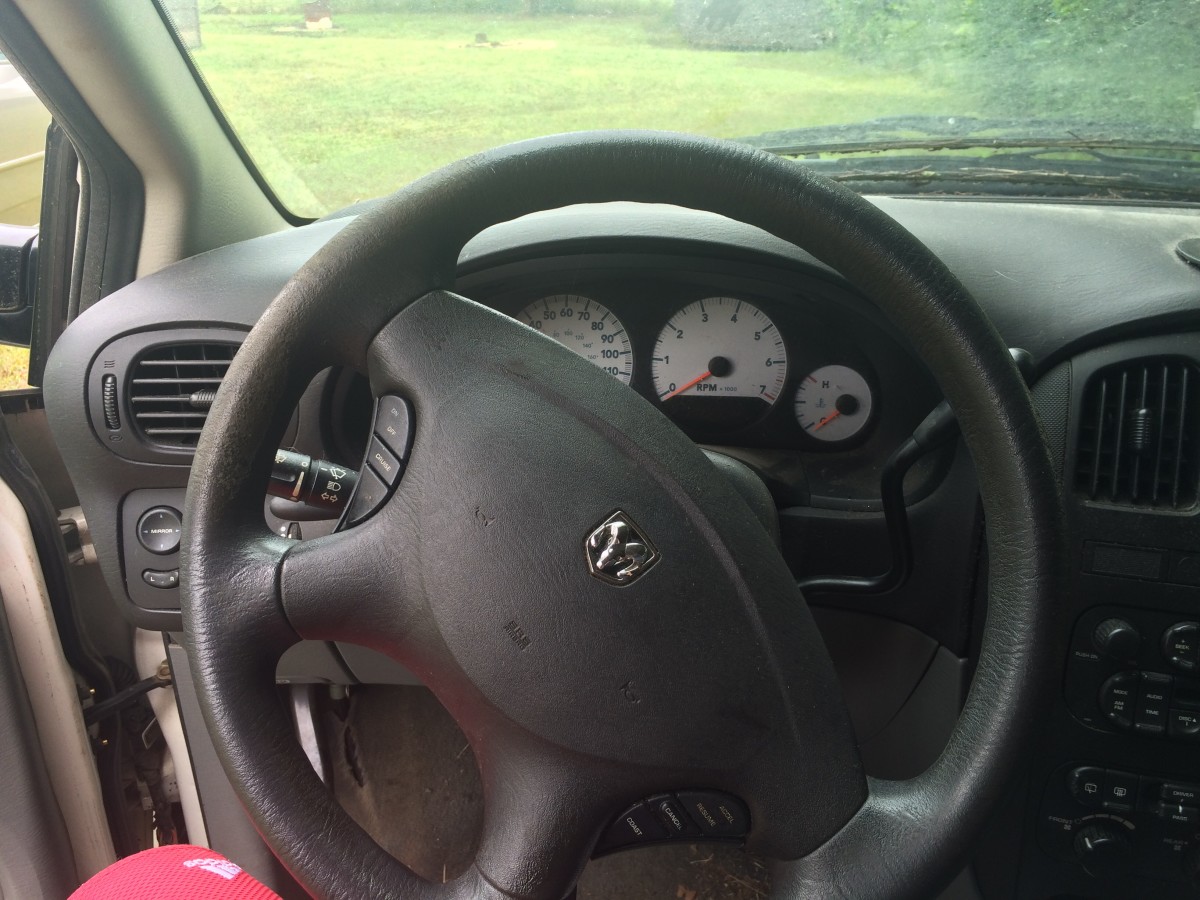What To Do When You See An Emergency Vehicle
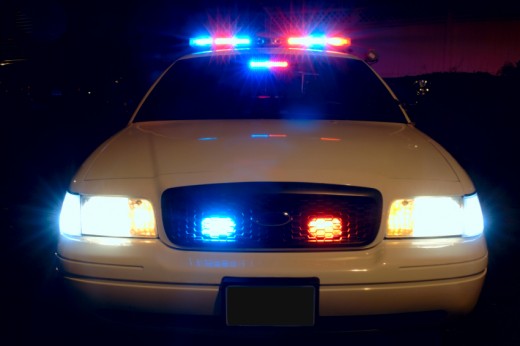
It Is The Law
In 49 states in the US you are required by law to move over or slow down if moving is not possible when approaching a vehicle with flashing lights, and or sirens. This Includes ambulances, fire trucks, police cars, and also vehicles with amber flashing lights such as tow trucks and service trucks. The First law was put in to action in South Carolina in 1996 after a paramedic was struck by a car Injuring him.
Emergency Vehicles
If you drive on today's roads it is a good chance that you have encountered an Emergency Vehicle. On the road today there are a multitude of emergency vehicles including ambulances, fire trucks, rescue trucks, police cars and more. The personnel that work on these emergency vehicles are loved by there friends and family just as you are. It is important to know what steps you need to take when encountering one of these vehicles, so that we can make sure these men and women get to go home to there families once there shift's are over.
When An Emergency Vehicle Is Stopped
When driving down the road many people find themselves approaching an emergency vehicle that is stopped on the side of the road. Many times this vehicle is sitting on the side of a busy interstate or major highway. These are very unsafe places for personnel to be standing or walking around. Cars will fly by in excess of 70 mph at times, increasing the likelihood of an accident ten fold. The fact that these scenes are unsafe to emergency personnel is one that can not be helped due to the fact that this is where accidents happen and this is where these personnel must be.
According to the law in most states a driver must move over a lane if possible. If this is not at all possible due to not having another lane or the lane is preoccupied a driver must then slow down to a reasonable speed while passing. Let's take a minute to look at this situation from the emergency personnel's point of view. Typically they are preoccupied with the patient or task at hand and unfortunately can not always keep there eyes on the road behind or beside them. This is a very scary feeling to hear cars and trucks flying by at break neck speeds all the while not being able to see them. This is just one of the Cons of the job and they know this. People need to throw the move over law out the window and think about how they would feel if it were them on the side of the road. You would want vehicles to move over as far as possible if you were on the side of the road. How slow would you prefer cars to be passing you? You need to go that speed. Absolutely under no circumstances should you be "Rubber Necking" as many people call it. The last thing that needs to happen is someone to cause a bigger accident or god forbid hit someone on the side of the road all because they were trying to look and see what was going on.
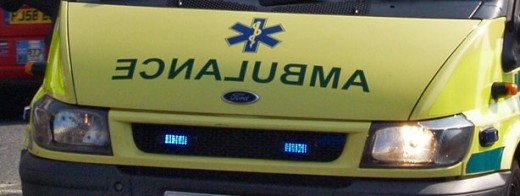
Poll
How Many Emergency Vehicles Get Behind You On Average A Month?
When An Emergency Vehicle Is Behind You
Though you may only see an emergency vehicle approaching behind you running emergency traffic on a rare occasion it is important to know what to do when the situation occurs. A few reactions are typical when this happens, a driver see's the emergency vehicle and immediately slams on the brakes. This is by far the unsafest thing a driver can do. Fire trucks and ambulances are huge, heavy vehicles, that do not stop on a dime, slamming on your brakes not only causes yourself and the emergency driver to be in danger, but everyone around you. The second thing that people often do is jerk there vehicle to the right suddenly when they see the lights or hear the sirens. This action is unsafe because many people do not slow down. Drivers have been known to do this and end up wrecking the vehicle. When jerking to the right at these speeds, many times the vehicle leaves the roadway causing the vehicle to become uncontrollable. The last typical reaction is to move to the left instead of the right. It is common practice for drivers to slowly move to the right and reduce speed, and that is what the emergency vehicle's driver expects you to do. Moving to the left not only closes the open gap that the emergency driver intends to use, but also causes other drivers to move to the left as well because if one driver is doing it then that must be where they need to go as well.
It is understandable the reasoning of why drivers do these things. A driver does not expect for an ambulance, fire truck, or police car to be zooming up the roadway with flashing lights and blaring sirens. This can be a scary feeling because they do not know what to do. I can assure you that the driver of the emergency vehicle is well trained and knows what he or she is doing. They will not maneuver around you in a way that will be unsafe for themselves, you, or other drivers. It is important that they get to the emergency that they are en route to in a timely manner, however it will not be at the expense of other drivers or there loved ones. The last thing an emergency driver wants, is to cause another emergency.
The correct thing to do when an emergency vehicle is behind you is to realize they are behind you, look around you, and devise a safe plan to move out of the way. This does not give you the right to run people off of the road or to run red lights, this means to look at the vehicles that are around you and decide the safest way to move to the right. It is important to do this in a timely manner but not in a way that is unsafe to yourself or others. There will be times that you will be stuck at a stop light in a middle lane with nowhere to go. It is okay, the driver of the emergency vehicle understands that he or she can not just part a sea of stopped cars with nowhere to go. Eventually someone will be able to move over in a way that opens up a gap to the right that you can fill. IT WILL BE OKAY.
